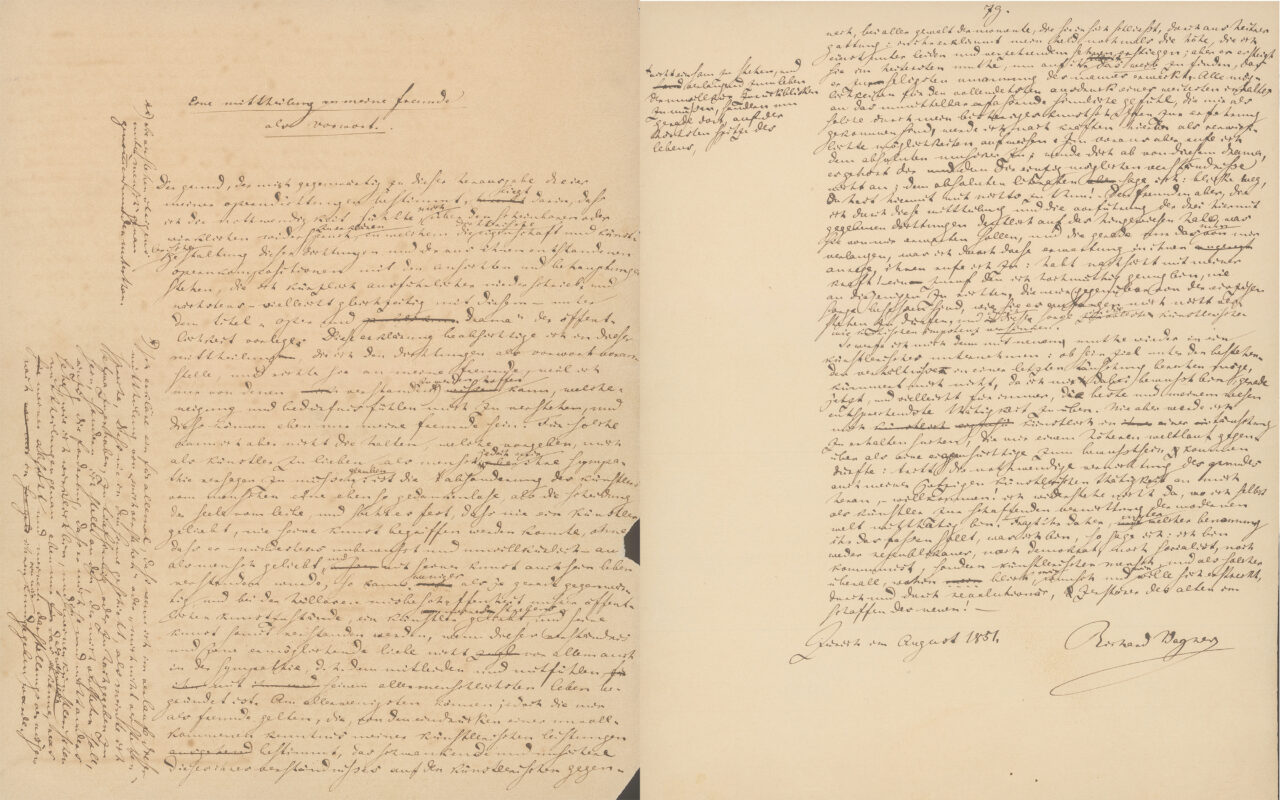Concert halls could attract more audiences
Martin Tröndle, a researcher at Zeppelin University in Friedrichshafen, has investigated non-visitors to cultural institutions and their motivations. The findings are surprising.

Tröndle has presented the world's first comprehensive study on non-attendance research. In the study, non-attendees are defined as people who have attended an opera or theater performance or a concert of classical or contemporary music less than once in the past twelve months.
In a first step, Tröndle and his team surveyed 1264 students in Berlin and Potsdam about their leisure behavior, educational background, affinity for the arts and barriers to attending cultural events. In a second step, around 80 participants in the first study, who turned out to be non-attendees, were invited to performances at the Deutsche Oper Berlin, the Neuköllner Oper and the Schaubühne Berlin. They were interviewed before and after the performance.
According to Tröndle, the results of the study reveal the following rule of thumb: The closer art is to young people, the more likely they are to visit cultural institutions. Closeness must be understood as a multi-dimensional concept: It implies closeness to art through socialization at home, through knowledge about art, through their own artistic activities, through contact with art at school, among friends and when visiting cultural institutions, through their own taste in music and leisure preferences as well as through the range and ambience of cultural organizations.
For the first time, the study shows a differentiated correlation between personal artistic activity and attendance at a cultural institution, as well as the effects of education and social background. Parental education also has a clear effect on attendance at opera, theater, ballet and classical concerts, with the effect being greatest if one parent is a humanities scholar and the other an art or cultural studies scholar or artist. The study also shows that playing an instrument has a positive but not a resounding effect on later attendance.
Time is not the main factor in deciding whether to visit a cultural institution. The opportunity to visit a cultural institution in the company of someone they know is a decisive factor. Personal recommendations and the internet are also key factors in young people's decisions; the traditional daily newspaper feature, on the other hand, has almost no influence. Only 25 percent of respondents were even aware of cultural institutions and their offerings - for 75 percent, cultural institutions and their channels were not anchored in their lives.
For Tröndle, the acceptance and attractiveness of cultural institutions is therefore not about breaking down barriers, but about building proximity. Cultural policy and cultural institutions should develop an interest in attracting every non-visitor to their establishment at least once a year.
Photo: Thomas Bjornstad / Unsplash







